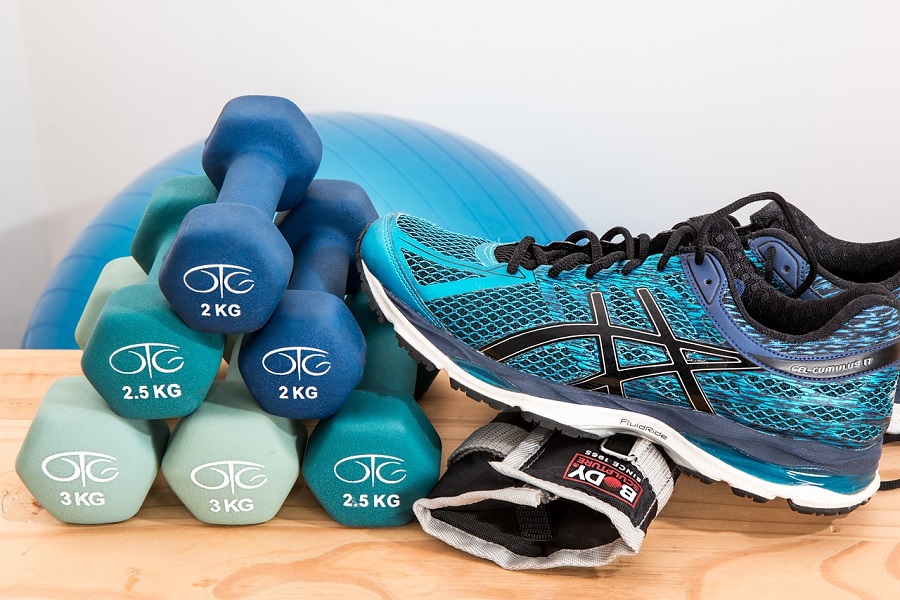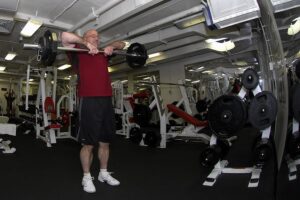Understanding the Dangers of Circulation Boosters in Inactive People
Circulation boosters, often marketed as a solution for poor blood flow and various vascular issues, have gained significant popularity in recent years. These devices, typically involving electrical muscle stimulation or mechanical oscillation, promise to enhance blood circulation, relieve pain, and prevent conditions such as varicose veins and deep vein thrombosis (DVT). While these claims can be alluring, especially to those with sedentary lifestyles or chronic circulation problems, it is crucial to understand the potential dangers of circulation boosters, particularly the increased risk of thrombosis in inactive individuals.
How Circulation Boosters Work
Circulation boosters function by stimulating the muscles, usually in the lower legs and feet, through mild electrical impulses or mechanical vibrations. This stimulation is intended to mimic the natural muscle contractions that occur during physical activity, thereby promoting blood flow back to the heart. Theoretically, this can help reduce swelling, alleviate discomfort, and prevent the formation of blood clots. However, the reality of their effectiveness and safety is more complex.
The Illusion of Activity
One of the primary dangers of circulation boosters is that they can create a false sense of security for users. Inactive individuals, particularly those who are elderly, bedridden, or have limited mobility, might rely on these devices as a substitute for actual physical activity. While circulation boosters can indeed stimulate muscles to some extent, they are not a replacement for the comprehensive benefits of regular exercise.
Physical activity is vital for overall cardiovascular health. It involves dynamic movements that enhance heart function, improve blood vessel elasticity, and promote healthy blood pressure levels. Relying solely on a circulation booster may lead individuals to believe they are sufficiently addressing their circulation issues, thereby neglecting the importance of incorporating regular movement and exercise into their daily routines.
Increased Risk of Thrombosis
Thrombosis, the formation of blood clots within blood vessels, poses a significant health risk, especially for inactive individuals. Blood clots can lead to severe conditions such as deep vein thrombosis (DVT) and pulmonary embolism (PE). DVT occurs when a blood clot forms in a deep vein, usually in the legs, and can cause pain, swelling, and redness. If a clot dislodges and travels to the lungs, it can result in a life-threatening PE, characterised by sudden shortness of breath, chest pain, and rapid heart rate.
Inactive people are already at a higher risk of developing blood clots due to prolonged periods of immobility, which slows blood flow and increases the likelihood of clot formation. Using a circulation booster without engaging in additional physical activity might not be sufficient to counteract this risk. In some cases, the intermittent stimulation provided by these devices may not be enough to prevent clot formation, particularly in individuals who remain sedentary for extended periods.
Potential Adverse Effects
Beyond the risk of thrombosis, circulation boosters can also cause other adverse effects. Some users report experiencing skin irritation or burns due to the electrical impulses or prolonged use of the device. Additionally, individuals with certain medical conditions, such as epilepsy, heart arrhythmias, or pacemakers, may be at increased risk of complications when using these devices.
Moreover, the effectiveness of circulation boosters is still a subject of debate within the medical community. While some studies suggest potential benefits in improving blood flow and reducing pain, others indicate minimal or no significant effects. This lack of consensus underscores the importance of approaching these devices with caution and scepticism, particularly when they are marketed as miracle solutions for complex health issues.
Alternative Approaches to Improving Circulation
For individuals concerned about their circulation and overall vascular health, adopting a holistic approach is essential. Regular physical activity remains the cornerstone of good circulation. Simple exercises such as walking, cycling, swimming, or even gentle stretching can significantly improve blood flow and reduce the risk of thrombosis. Additionally, maintaining a healthy diet, staying hydrated, and avoiding prolonged periods of immobility are crucial steps in promoting vascular health.
For those with medical conditions that limit their mobility, consulting with a healthcare professional is vital. They can provide personalised recommendations and, if necessary, prescribe medications or therapies that can help manage circulation issues effectively. Compression stockings, for instance, can be a practical alternative for improving blood flow in the legs without the potential risks associated with circulation boosters.
Conclusion
The dangers of circulation boosters, particularly the heightened risk of thrombosis in inactive individuals, highlight the need for caution and informed decision-making. While these devices may offer some benefits, they should not be relied upon as a sole solution for circulation problems. Incorporating regular physical activity, following medical advice, and adopting a comprehensive approach to vascular health are essential for mitigating risks and ensuring overall well-being. Understanding the limitations and potential dangers of circulation boosters is crucial for making safe and effective choices for one’s health.
The article ‘Dangers of Circulation Boosters’ was written and published on behalf of Bill Jones Mr Universe on Monday 24th June 2024 at 14:00 and is subject to copyright. All rights are reserved.
You might wish to read the NHS take on circulation disorders. You might also like this previous article about How to Avoid a Heart Attach.



